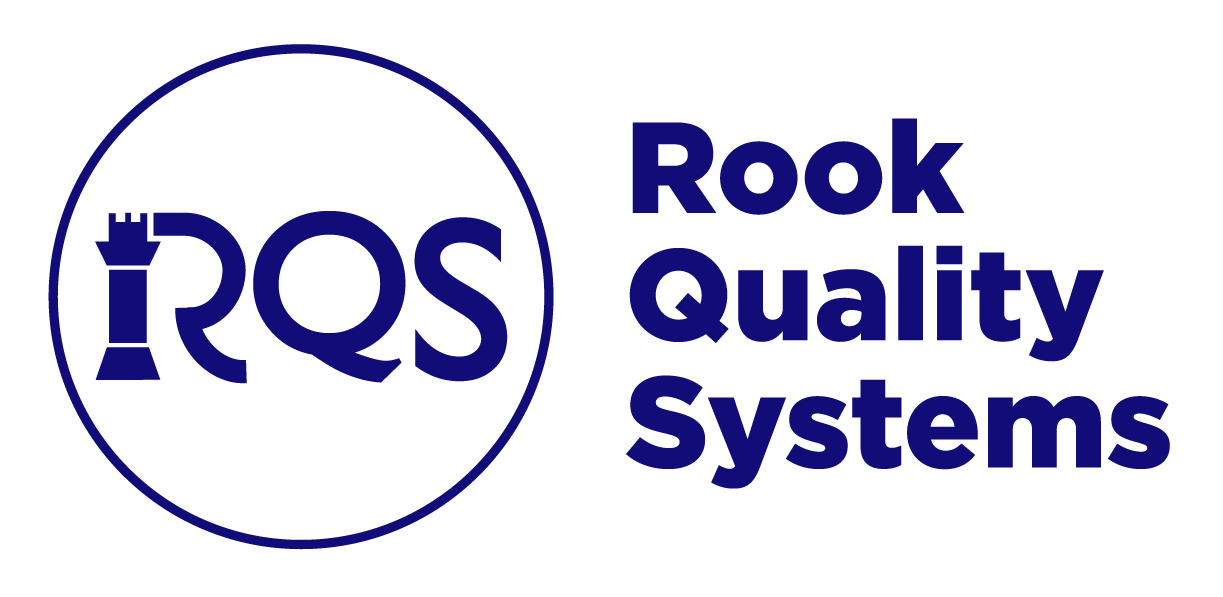When to Start Preparing for the IVDR
What is the IVDR? An Overview
The EU IVDR 2017/746 is the European Union In Vitro Diagnostic Regulation. This regulation is replacing the EU IVDD In Vitro Diagnostic Directive (98/79/EC) which is over 20 years old. The IVDR applies to devices defined in the regulation as follows:
In vitro diagnostic medical device’ means any medical device which is a reagent, reagent product, calibrator, control material, kit, instrument, apparatus, piece of equipment, software or system, whether used alone or in combination, intended by the manufacturer to be used in vitro for the examination of specimens, including blood and tissue donations, derived from the human body, solely or principally for the purpose of providing information on one or more of the following:
- Concerning a physiological or pathological process or state;
- Concerning congenital physical or mental impairments;
- Concerning the predisposition to a medical condition or a disease;
- To determine the safety and compatibility with potential recipients;
- To predict treatment response or reactions;
- To define or monitor therapeutic measures.
The legislature is applicable and required in regulation of these diagnostic medical devices in countries within the European Union. The date this regulation went into effect was May 26, 2022. However due to the delays in Notified Body registrations, application reviews, etc. resulting from the great influx of medical devices into the program, the penalties resulting from noncompliance with the regulation may be delayed. Regardless of the possible delay, if any medical device developer has the objective to market their IVD devices in the European market, they will need to comply with the IVDR before doing so.
When do I need to start preparing for IVDR compliance?
Whether your company has medical devices already self-certified under the IVDD and selling in the EU or it is just starting to prepare for sale in the EU, your company will need to comply with the IVDR in the very near future. When should you start preparing for IVDR compliance? To state the answer as succinctly as possible…NOW. In reality, this timeline does depend somewhat on the company’s deadline for IVDR compliance. This deadline should take into account at least the following factors: how many medical devices are/will be on the EU markets, what is (are) the classification(s) of your medical device(s) and the due date(s) for compliance, current compliance status of the technical file(s), documentation(s) for the device(s), and QMS, and current device regulation compliance status in the European markets. Taking at least those factors into consideration, if the established deadline is anywhere within the next few years, the company should start preparing for compliance now.
Internal Timeline
Before investigating the estimated timeline for the Notified Body review, we should take into consideration the time necessary for internal remediation and review that is needed before seeking Notified Body feedback. Depending on the status of the medical device company, how many medical devices are targeted for release into the European market, condition of the QMS, etc. RQS would estimate an internal review timeline of anywhere from 6-24 months. Internal review would include but not be limited to technical file remediation and clinical, biocompatibility, and usability documentation gap assessments. Depending on the findings from the gap assessments, the total time to prepare internally for Notified Body review varies.
Notified Body Timeline
Now to take into consideration the additional time estimated for Notified Body review. Due to the great influx of medical devices into the European IVDR market as well as the legacy devices that are transitioning from the IVDD to the IVDR since the regulation was announced, the bandwidth for review and acceptance into the market is extremely limited. There are only seven Notified Bodies in the world that are recognized to review and certify compliance to this regulation. These Notified Bodies are responsible for reviewing both the legacy device applications transitioning to IVDR and the new medical devices that have yet to be sold in the market, for every company in the world. Currently 80-90% of existing IVD companies have yet to be reviewed for compliance and are still in the transitioning period. The ratio of hundreds of medical device companies to seven notified bodies means that the scheduling and review timelines are very limited, and many companies are currently waiting to schedule reviews.
The first Notified Body question to take into consideration for your company seeking IVDR compliance is asking, “Do we already have a relationship with any Notified Body?” If a medical device company already has a relationship with a Notified Body, there is a higher chance that they will be a higher priority client in terms of scheduling reviews, but this is also not promised. If a medical device company does not currently have any Notified Body relationships and is seeking or planning to seek IVDR compliance, they should reach out to a Notified Body as soon as possible. They may or may not be waiting for an undefined amount of time even before the review clock starts.
The review starts once the company has established a relationship with a Notified Body and the time clock begins from the submission inspection of the application, which typically takes about six weeks. After the application passes the submission process, the actual, in-depth review of the content of the application and company begins. Our estimate at RQS for the timeline of Notified Body review is at least 12-18 months. This time estimate only accounts for the time that it may take for the Notified Body to conduct the review of the company’s application and complete the review for release to the EU market.
Summary
| Stage | Estimated Time to Completion |
|---|---|
| Internal Review/Audit | 6-24 months |
| Notified Body Submission Inspection | 1.5 months |
| Notified Body Review | 12 – 18 months |
| Complete Timeline (Best Case Scenario) | 19.5 – 43.5 months (1.6 – 3.6 years) |
